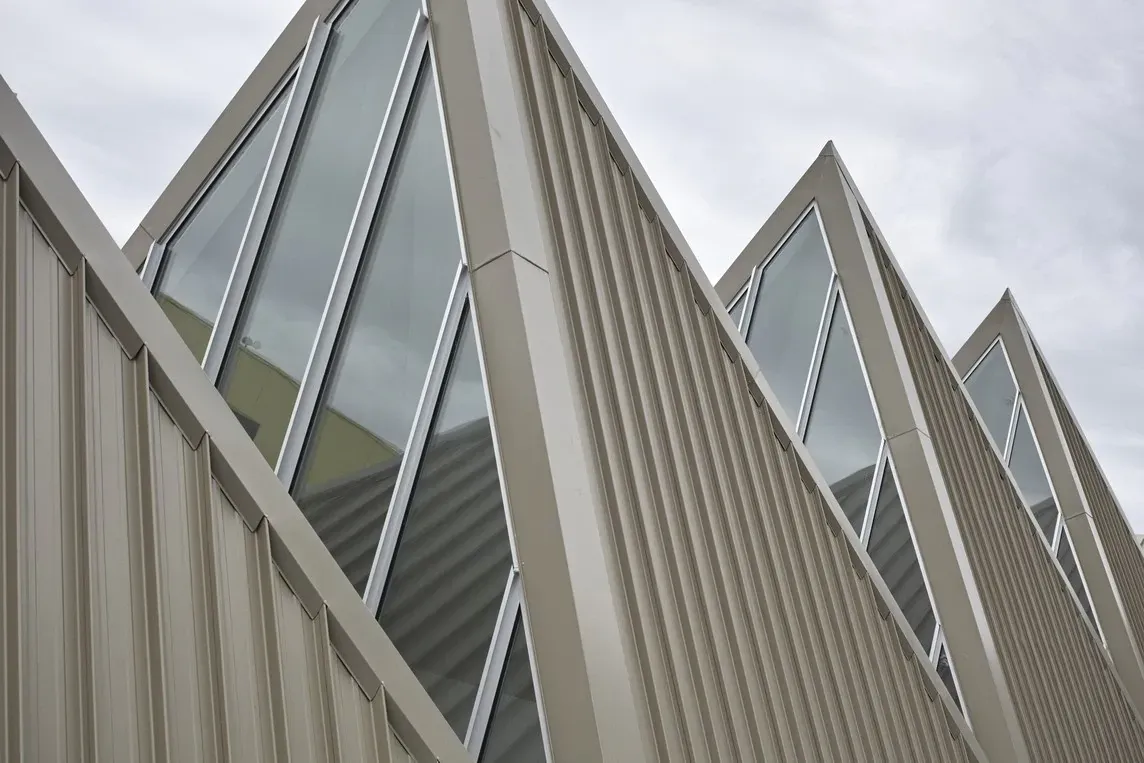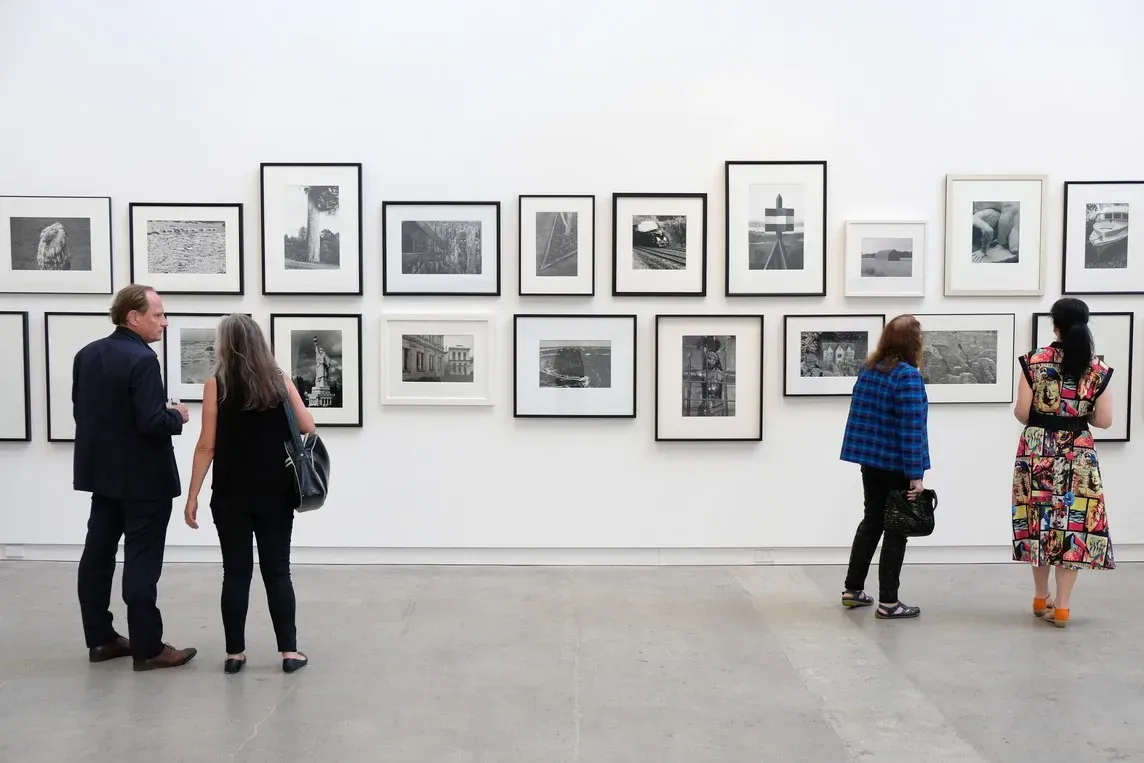Storm In A CoCA Cup

The Centre of Contemporary Art (CoCA) is one of the oldest art institutions in the country.
Evolving out of the Canterbury Society of Arts (CSA), founded in 1880, it moved into its purpose-built modernist gallery in 1968. Soon becoming an iconic architectural example of the modernist Christchurch Style, the gallery was rebranded from the CSA Gallery to CoCA in 1996. The gallery remains under the governance of the CSA.
During that time, CoCA has been a core part of Christchurch’s art life, often as a nexus of some of the most cutting-edge art in the country.
In the 1930s, it exhibited work by “The Group”, a celebrated collective that included Rita Angus, Evelyn Page, Colin McCahon, Toss Woolaston and Doris Lusk. In the early 1970s, it launched the careers of Neil Dawson, Bruce Edgar, Ross Marwick, and Boyd Webb.
News that CoCA will close for ten weeks from May 7 to address significant financial losses (more than $1 million since 2016), while deeply traumatising for the Christchurch art community, is not really that surprising.
The history of financial problems goes further back, with CoCA already in financial difficulties by the 1990s when it was forced to sell 42 important works from its permanent collection to the Christchurch Civic Art Gallery Trust.
The Canterbury Earthquakes of 2010 and 2011 caused considerable damage to the building, and the appointment of a new board led to a revisioning of CoCA’s mission.
The member shows were abandoned, and instead, the gallery sought corporate sponsorship and other methods of fundraising alongside a refocussed programme of four major exhibitions a year.
These changes didn’t meet with universal approval.
Some of the former exhibiting members were offended, and the wisdom of seeking sponsorship – thin on the ground when it comes to the arts in Aotearoa –was questioned, as was the wisdom of essentially going into direct competition with Christchurch Art Gallery.
CoCA reopened in 2016 with the appointment of a new director Paula Orrell, who arrived from the UK with the stated ambition of bringing important contemporary British art to Christchurch. Some wondered whether this would prove too ambitious.
To add insult to injury, the remainder of the CoCA collection was sold off at the same time by a local auction house to help with funds. Original works of some interest were - it seemed in the opinion of some - given ridiculously low estimates. Bidding was often twice the estimate, coming out at roughly where the market value was at the time.

Photo: CoCA.
Anecdotally, some bidders seemed to be confused about what they were bidding on and relatively unexceptional prints by Ralph Hotere, Gordon Walters, and Don Binney ended up going for sums more appropriate for modest original works. The experience was… weird.
Some indication of CoCA’s new direction was made clear with the first major new exhibition, UK artist John Akomfrah’s 2015 video work Vertigo Sea. This was indeed a stunning artwork. Around this time, restoration work was undertaken on the CoCA building and a new full service, tendered café installed in the former front gallery space.
Some in the local art community felt that the new programme was too heavy on contemporary art from the UK, suggesting that it sat a little oddly and awkwardly given Aotearoa’s history as a British colony.
Meanwhile, CoCA was haemorrhaging budget to fund these impressive shows. Allegedly the curatorial programme had burned through most of the annual budget in a fraction of the time. Though often critically impressive, these shows failed to attract an audience.
Things came to a head with the British Council touring show David Shrigley: Lose Your Mind March-May 2017. Usually CoCA exhibitions were free to the public, but for the Shrigley show, a $10 entry fee was charged.
Rumours abounded that this exhibition was a last-ditch attempt to turn a profit, and sources close to the situation claim that the British Council had been begged to pick up most of the tab, though this has not been verified.
It is probably worth noting - though unrelated - that in 2022 the British Council ceased all funding to projects in a number of countries, including New Zealand, citing COVID-related issues.
Orrell returned to the UK at the end of the financial year “to explore new opportunities”, initially with the British Council. She had been at CoCA for two years and eleven months. If one was terribly cynical, one might see parallels with what, reading between the lines, happened with Marten Rabarts at the New Zealand International Film Festival.
Romy Willing was appointed director in succession for an interim period, recruited from Australia. This resulted in off-the-record accusations of not understanding the local scene, stories of senior artists being treated shabbily, planned shows dropped at short notice, and priority given to self-funded shows prepared to pay for the privilege.
The most recent revisioning was the 2021-2022 “partnership” with Objectspace in Auckland, although for a partnership it seemed fairly clear that most of the direction was coming from Objectspace. Criticisms were raised that the emphasis on object-based art and handwork undermined CoCA’s relationship with art in other media.
CoCA lost over $500,000 in 2017, and approximately $200,000 every year since. The last annual report indicated CoCA had around $400,000 in cash reserves. This brings us to the current crisis.
COVID-19 has had a devastating effect on the gallery’s ability to stage revenue-generating events. (Most arts organisations around the country have faced the same issue). According to the CSA trust chair Anna Ryan, the pandemic, combined with slashed funding from the Rātā Foundation and Christchurch City Council’s Strengthening Communities fund, has brought the organisation to a crisis point.
Ryan says the Board developed a two-year plan to stabilise the CSA’s finances and track into a modest 2020 surplus, but that has, regrettably, failed despite everyone’s best efforts.
“Several factors have contributed to this, including diminishing support from funders and COVID-19’s deleterious impact on opportunities to deliver revenue-generating events at the gallery.
“The current situation is clearly unsustainable, but we have an opportunity, given the organisation’s balance sheet is strong, to reshape our future. This will require some bold thinking as we have some significant hurdles to overcome,” says Ryan.

Photo: CoCA.
Stuff reported that among the possible directions the CSA is contemplating, selling the building is a tough proposition due to high operating costs and the need for an air conditioning overhaul. This expensive prospect would be a significant drain on resources.
This is not an uncommon story.
It was an argument used by various religious denominations to not restore heritage churches destroyed in the earthquakes, and it has been a common tale for RSAs around the country, with several selling their buildings.
One very much hopes it doesn’t come to that. The identification between building and organisation is very close, and the gallery is an important part of the cultural life of the CBD and Christchurch as a whole.
The current exhibitions will close, as scheduled, on 7 May 2022.
The Board expects to have identified a preferred plan for its future by June, which will then be released to the community for feedback.

